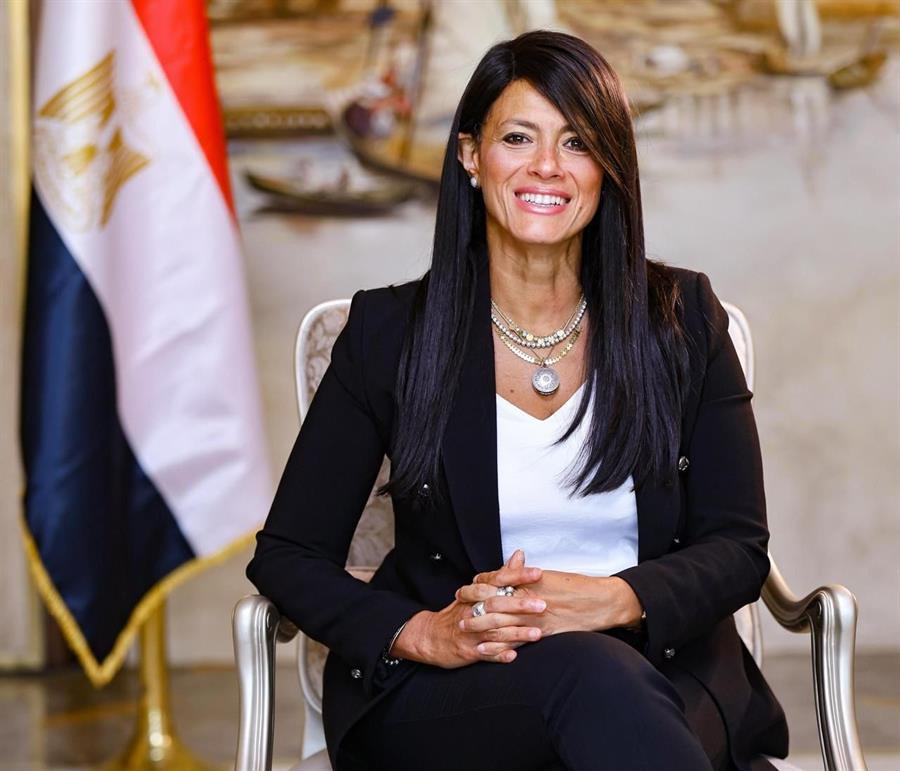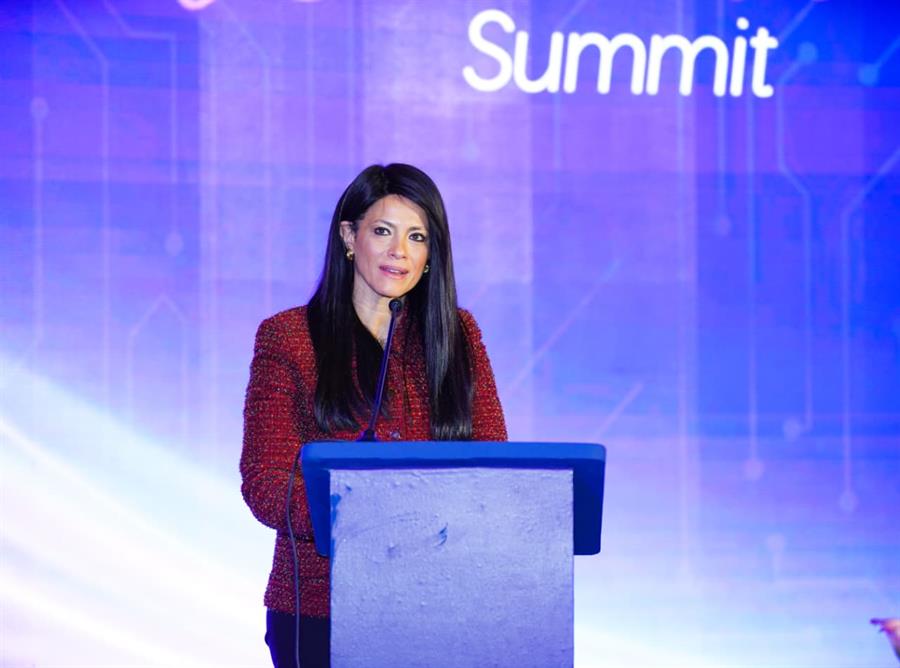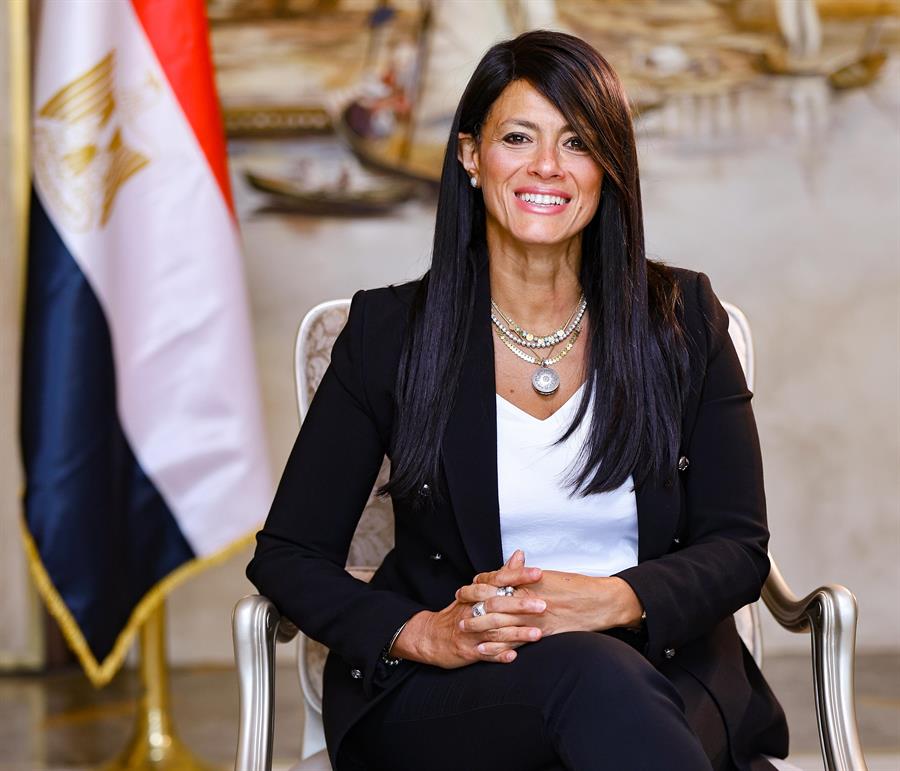Egypt's NIGSD holds 1st meeting to upgrade a national indicator for development in higher education institutions

07 August 2021
The National Institute for Governance and Sustainable Development (NIGSD)- the training arm of the Ministry of Planning and Economic Development - held the first meeting to develop a national indicator for development in institutions of higher education and scientific research. The meeting took place in the presence of the directors of NIGSD qualitative units and representatives of a committee from the Academy of Scientific Research and Technology as the main partner in developing the indicator.
Dr. Sherifa El-Sherif, Executive Director of NIGSD, said the meeting witnessed the discussion of the main pillar that the indicator should cover, which include the extent to which sustainable development indicators are integrated into the work plan of educational institutions, and governance for sustainable development.
The Academy of Scientific Research and Technology Committee team discussed the general objective of the indicator and its importance.
During the meeting, it was agreed that a representative of each university and technical institute should be chosen to provide the necessary data by answering a questionnaire on an interactive platform for the indicator.
The discussions also dealt with the need to involve Egyptian universities and scientific research institutions during the work on developing the indicator, and the need to single out a pillar for the environmental dimension. institutions.
The attendees agreed on the necessity of arbitrating the initial form of the questionnaire and testing it on a sample of Egyptian universities, including Cairo, Alexandria, Aswan, and Port Said.









